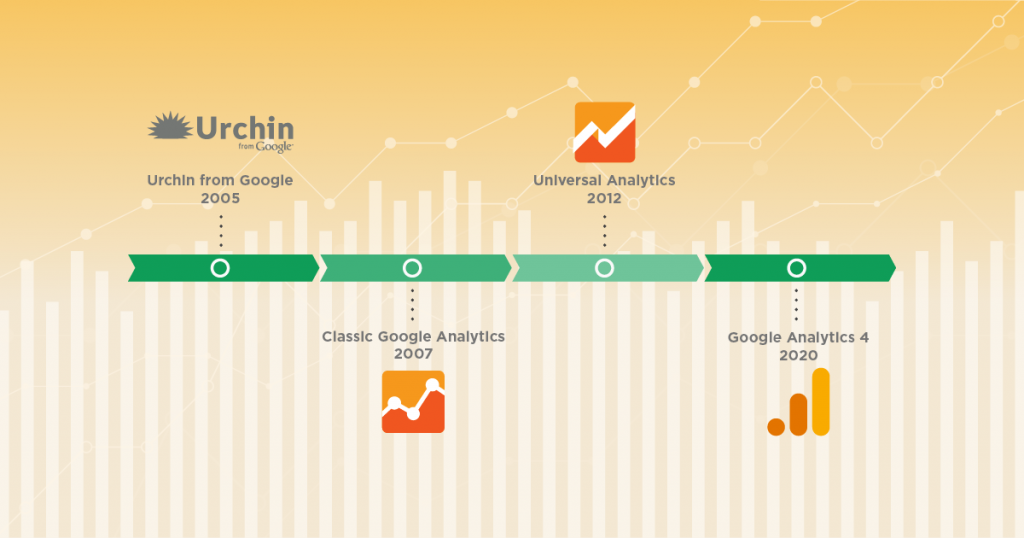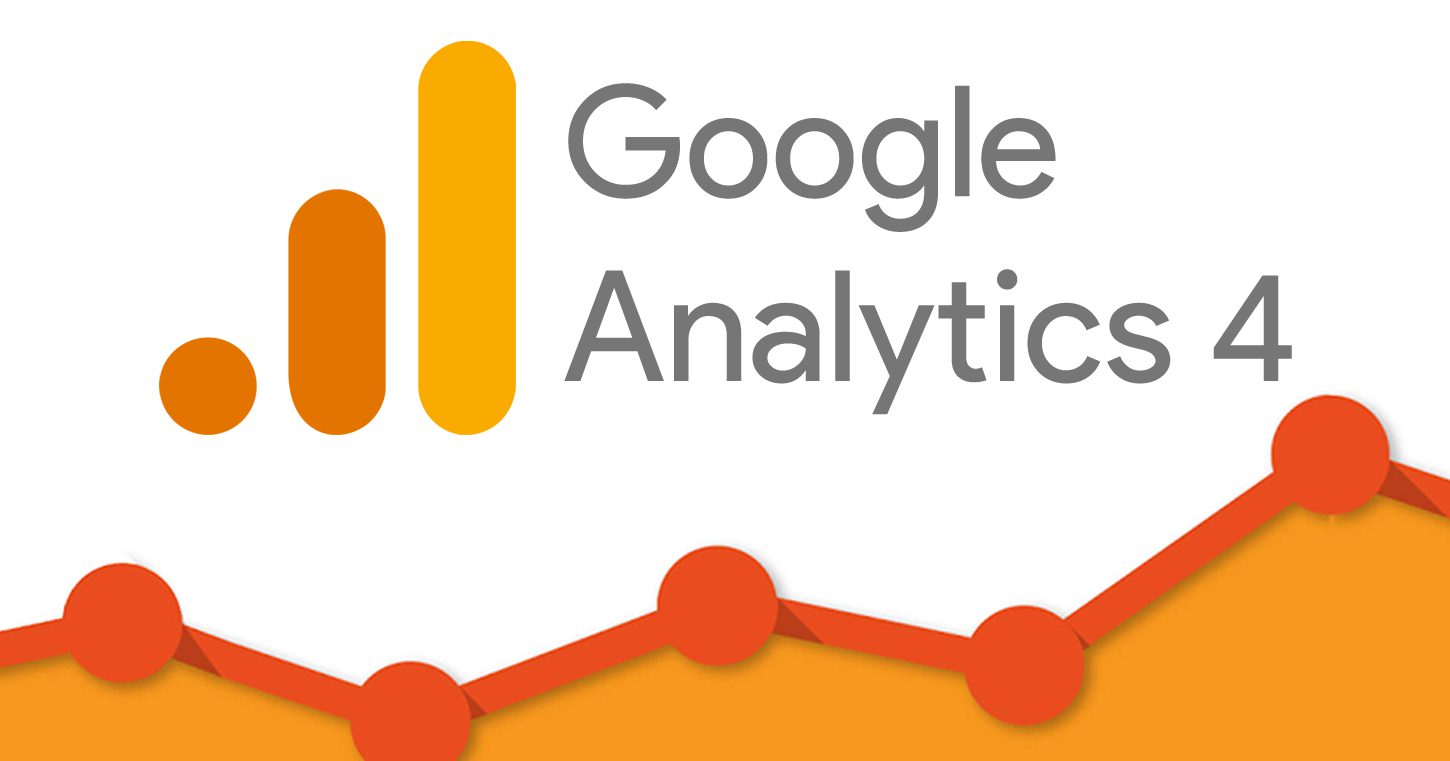When Does the Google Analytics Tracking Code Send an Event Hit to Analytics? Timing and Finest Practices Explained
When Does the Google Analytics Tracking Code Send an Event Hit to Analytics? Timing and Finest Practices Explained
Blog Article
Optimize Your Site Efficiency With Google Analytics Tracking Code
In the digital landscape, recognizing customer interactions with your site is essential for optimization. By incorporating the Google Analytics tracking code, you can open a wealth of details regarding site visitor habits, allowing you to monitor necessary metrics and recognize prospective areas for enhancement. This calculated application not only educates your decisions but likewise leads the means for a much more interesting individual experience. However, the actual obstacle hinges on effectively evaluating this data and translating understandings right into actionable strategies. What steps can you require to guarantee you are completely leveraging these insights for ideal performance?
Comprehending Google Analytics
Recognizing Google Analytics is necessary for web site proprietors and marketing experts aiming to optimize their online presence. This powerful tool offers crucial insights right into customer actions, permitting stakeholders to make data-driven choices. By tracking different metrics, such as page sights, bounce prices, and user demographics, Google Analytics aids recognize which facets of an internet site are performing well and which need enhancement.
Among the essential features of Google Analytics is its capability to segment data. Customers can analyze web traffic resources, customer engagement, and conversion prices across various sections, such as geographic places or device kinds. This granularity allows online marketers to tailor their methods to details audiences, consequently improving the effectiveness of their campaigns.

Establishing Up Monitoring Code
To harness the full potential of Google Analytics, establishing the tracking code properly is a basic step. The tracking code, a bit of JavaScript, enables Google Analytics to gather data regarding user communications on your website. To start, log in to your Google Analytics account and browse to the Admin area. Under the Property column, choose "Monitoring Info" and after that "Monitoring Code." Here, you will locate your distinct tracking ID, which starts with "UA-" followed by a collection of numbers.
Next, you'll require to install this code right into the HTML of your website. Preferably, put the monitoring code simply before the closing tag on every page you want to keep an eye on. Think about utilizing plugins that assist in simple assimilation. if you're using a material management system (CMS) like WordPress.
After implementing the code, it's critical to validate its functionality. Make use of the "Real-Time" records in Google Analytics to verify that information is being gathered as expected. By making certain proper arrangement, you create a solid foundation for effective information analysis and calculated decision-making to boost your website's efficiency.
Secret Metrics to Display
Consistently checking essential metrics when does the google analytics tracking code send an event hit to analytics? in Google Analytics is vital for assessing your website's performance and user involvement. Among the basic metrics to track are page sights, which give insight right into exactly how commonly individuals visit various web pages on your site. In addition, special visitors aid you comprehend the reach of your web content by indicating exactly how many distinct customers are involving with your site over an offered period.
Bounce rate is an additional important statistics, revealing the portion of site visitors who leave your site after checking out just one page. A high bounce price might signal problems with content relevance or individual experience. On the other hand, session period indicates for how long visitors stay on your website, helping you gauge material performance and user passion.
Conversion rates are important for gauging the success of your website in accomplishing particular goals, such as form submissions or item acquisitions (when does the google analytics tracking code send an event hit to analytics?). Keeping track of traffic sources is additionally essential, as it helps determine which channels drive one of the most traffic and conversions, permitting for even more targeted advertising and marketing techniques
Analyzing Visitor Actions

Furthermore, tracking customer paths with the site helps reveal typical navigating patterns. This info is vital in determining whether individuals can conveniently find the web content they seek or if they come across obstacles that bring about disappointment. Identifying high exit web pages can highlight locations that may need redesign or more engaging web content to preserve visitors.
Additionally, segmenting individuals based upon demographics, passions, and behavior supplies a deeper understanding of the target market. This segmentation allows organizations to tailor content and advertising strategies better, boosting the likelihood of conversions. Ultimately, assessing site visitor behavior not just educates internet site enhancements however additionally promotes a much more user-centric strategy, leading to boosted contentment and commitment gradually.
Applying Data-Driven Changes
Executing data-driven changes is necessary for improving website efficiency and achieving service objectives. By leveraging understandings gathered from Google Analytics, companies can determine locations for renovation and make informed decisions to enhance user experience.
First, examine vital performance indications (KPIs) such as bounce rates, session period, and conversion prices to determine certain concerns influencing user involvement - when does the google analytics tracking code send an event hit to analytics?. As an example, a high bounce rate on a landing web page might suggest that the more information web content is not resonating with visitors or that the web page takes as well lengthy to load

Final Thought
In verdict, the execution of Google Analytics tracking code is essential for optimizing web site performance. By precisely monitoring individual habits and vital metrics, important understandings can be obtained, assisting in data-driven decision-making.
By tracking different metrics, such as web page views, bounce rates, and individual demographics, Google Analytics helps recognize which elements of a website are carrying out well and which call for renovation.
Customers can assess traffic sources, user involvement, and conversion rates throughout different segments, such as geographical places or device kinds. The tracking code, a fragment of JavaScript, allows Google Analytics to collect information regarding user interactions on your internet site.Frequently checking crucial metrics in Google Analytics is essential for analyzing your website's efficiency and user interaction. By leveraging Google Analytics, internet site owners can obtain important insights right into just how individuals engage with their website.
Report this page